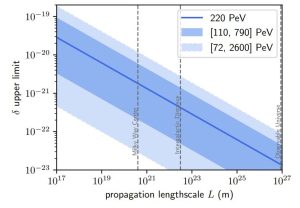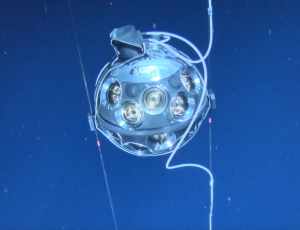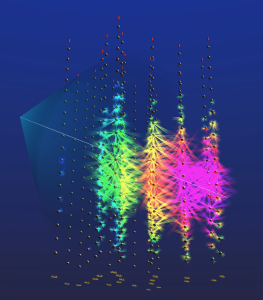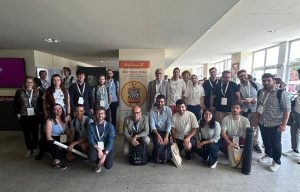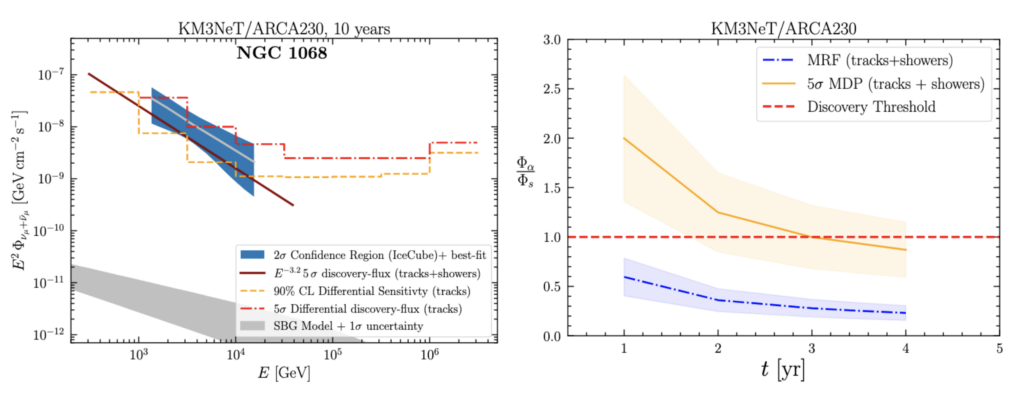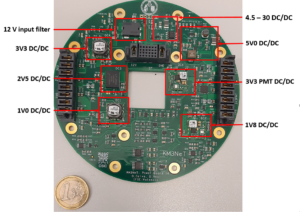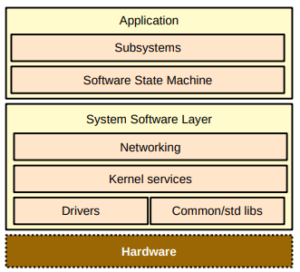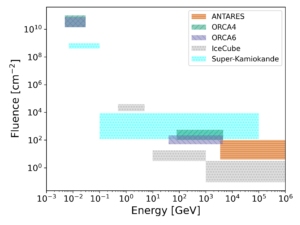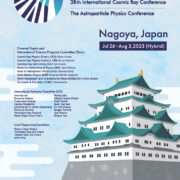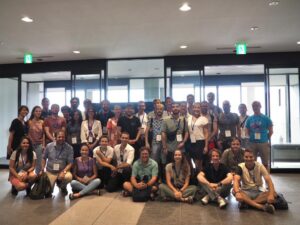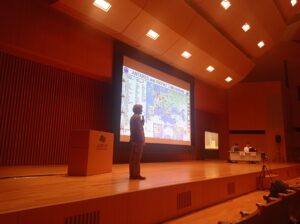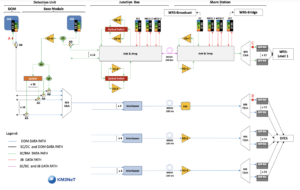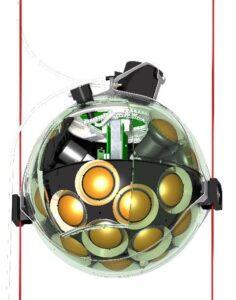A set of dedicated studies on KM3-230213A
20 February 2025 – Recently the KM3NeT Collaboration has published evidence for the cosmic neutrino with the highest energy ever detected (the article on Nature can be accessed from here). This event is identified as KM3-230213A.
In a set of dedicated studies, the Collaboration has investigated the possible sources of the event and the implications that may be derived from it.
These studies are included in a set of articles which have recently been released:
The ultra-high-energy event KM3-230213A within the global neutrino landscape
The compatibility of the occurrence of KM3-230213A with the constraints placed by other experiments is explored.
Read the full article here: https://arxiv.org/abs/2502.08173
On the Potential Galactic Origin of the Ultra-High-Energy Event KM3-230213A
The possibility that KM3-230213A may have originated in our Galaxy is discussed. The study did not allow to identify plausible mechanisms and sources which could sustain such hypothesis, leading to the conclusion that the neutrino is most likely of extra-Galactic origin.
Read the full article here: https://arxiv.org/abs/2502.08387
Characterising Candidate Blazar Counterparts of the Ultra-High-Energy Event KM3-230213A
In this paper the possibility is explored that KM3-230213A may have originated in a distant blazar. The study concerned a set of 17 blazars, which were identified as plausible sources of high-energy neutrinos due to their multiwavelength properties, highlighting in particular three of them. This work involved plenty of facilities: KM3NeT, VLA, VLBA, RATAN-600, OVRO, Swift, Fermi, SRG/eROSITA, Gaia, CRTS, ATLAS, ZTF, WISE/NEOWISE, Chandra and ROSAT!
Read the full article here: https://arxiv.org/abs/2502.08484
On the potential cosmogenic origin of the ultra-high-energy event KM3-230213A
The intriguing possibility that KM3-230213A may be of cosmogenic origin, i.e. it was originated from the interaction of ultra-high-energy cosmic rays with ambient photon and matter fields, is discussed in this paper, leading to hypotheses for reconciling the occurrence of this event with the latest measurements of cosmic rays of extreme energy.
Read the full article here: https://arxiv.org/abs/2502.08508
KM3NeT Constraint on Lorentz-Violating Superluminal Neutrino Velocity
The Lorentz symmetry, the fundamental principle which states that nothing can go faster than the speed of light in vacuum, is tested in this study. By looking at the energy of KM3-230213A and the distance travelled, the difference between neutrino and light speed was constrained to less than 1 part in 1000 billion billion, which represents the most stringent limit ever set using this method of analyzing high-energy neutrinos.
Read the full article here: https://arxiv.org/abs/2502.08508
